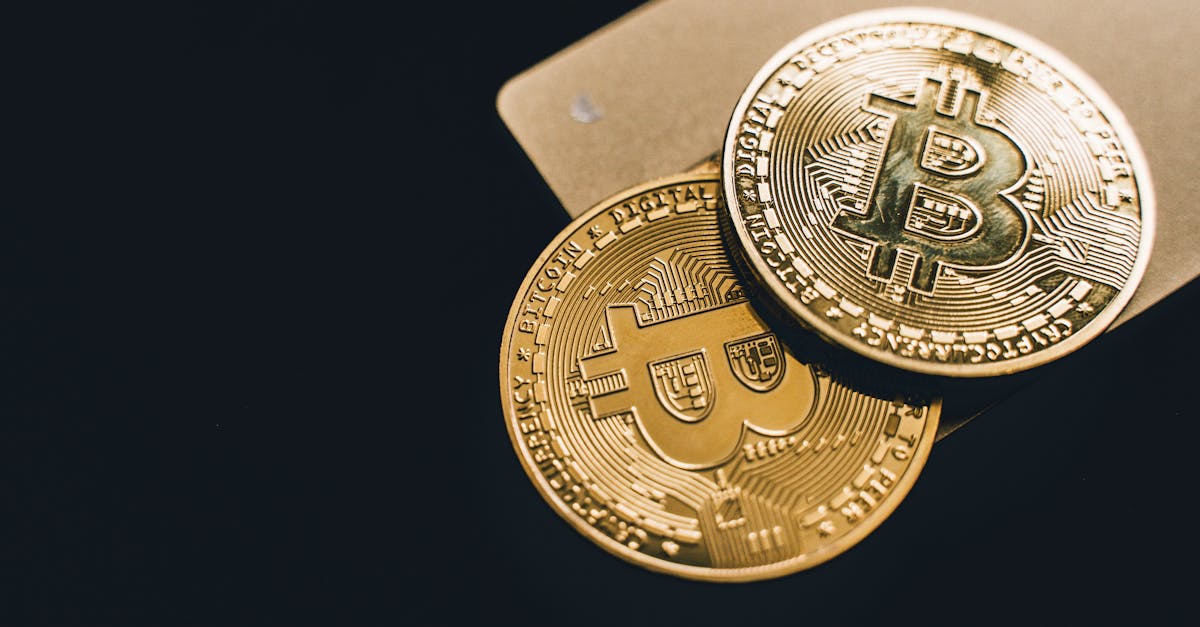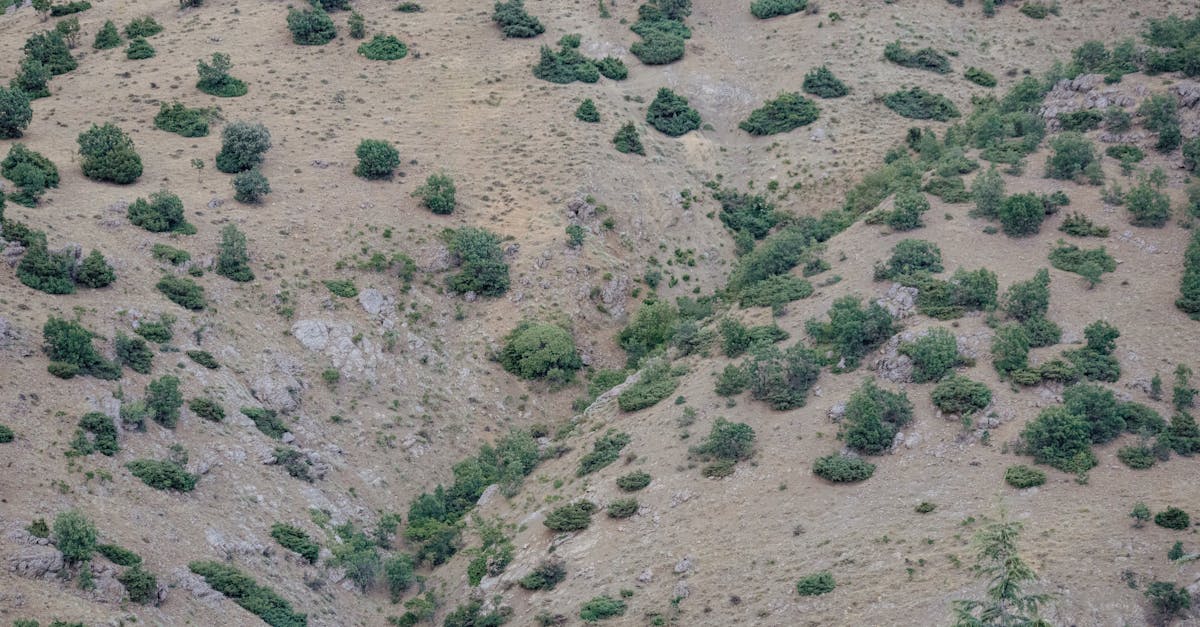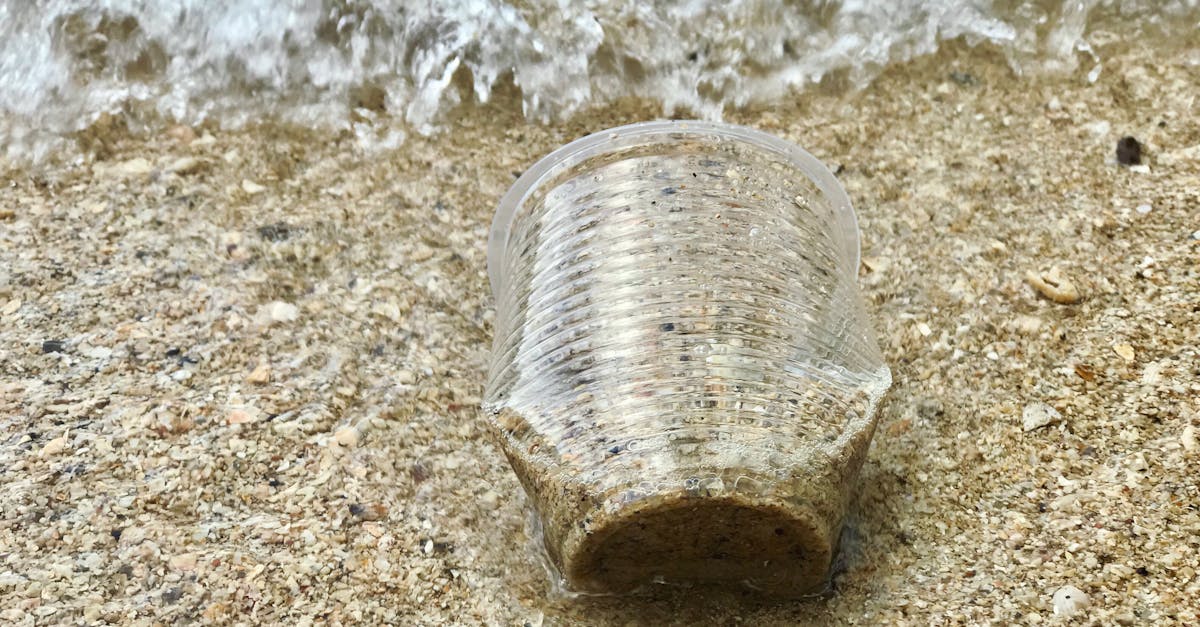Striking a Delicate Balance: Sustainable Gold Mining in the 21st Century

In the realm of mining, the extraction of gold holds a captivating allure. However, the traditional pursuit of this precious metal has often left a trail of environmental devastation. In an era defined by climate change and escalating resource scarcity, the call for sustainable gold mining practices has become deafening.
Embracing the principles of ecological stewardship, forward-thinking gold mining companies are pioneering innovative techniques and adopting stringent standards to minimize their environmental footprint. From reducing water usage and limiting habitat destruction to preventing pollution and safeguarding biodiversity, the strides made towards sustainable gold mining are inspiring.
As consumers, we have the power to drive change through our purchasing decisions. By opting for responsibly sourced gold, we can send a clear message to the industry that we demand ethical and environmentally conscious practices. Together, we can unlock a future where gold mining coexists harmoniously with the delicate balance of our planet.
Key Insights: Sustainable Gold Mining for a Greener Future
- Sustainable gold mining practices are essential to minimize the environmental and social impacts of gold mining.
- Innovative technologies and responsible land use practices can significantly reduce water usage and habitat destruction.
- Advanced technologies and management strategies are available to prevent water and air pollution from gold mining operations.
- International standards and certifications provide a framework for responsible sourcing and ensure the credibility of sustainable gold mining claims.
- Consumers have the power to drive change through their purchasing decisions and support sustainable gold mining practices.
1. The Urgent Need for Sustainable Gold Mining
The relentless pursuit of gold, a metal prized for its beauty and allure, has exacted a heavy toll on our planet. Traditional gold mining practices have left behind a legacy of environmental degradation, polluting waterways, destroying habitats, and displacing communities.
The urgency for sustainable gold mining cannot be overstated. Water scarcity is a pressing concern, with mining operations often depleting local water sources and contaminating rivers and streams with toxic chemicals. The use of heavy machinery and explosives can fragment and destroy critical habitats, threatening biodiversity and disrupting ecosystems. Moreover, the release of mercury and other pollutants into the environment poses significant risks to human health and wildlife.
Adopting sustainable practices is not merely a moral imperative but an economic necessity. As consumers become increasingly aware of the environmental and social costs associated with gold mining, they are demanding products that align with their values. By embracing sustainable practices, gold mining companies can not only reduce their environmental footprint but also gain a competitive advantage in the marketplace.
2. Reducing Water Usage: A Sustainable Approach

Water scarcity is a major challenge facing gold mining operations around the world. Traditional mining methods can consume vast quantities of water, depleting local resources and polluting waterways. However, innovative techniques are emerging that allow gold mining companies to significantly reduce their water usage.
One promising approach is the use of dry processing methods, which eliminate the need for water in the extraction process. These methods use air or other gases to separate gold from the ore, reducing water consumption by up to 90%. Another technique is the use of water recycling systems, which capture and reuse water from various stages of the mining process.
Additionally, gold mining companies are exploring the use of alternative water sources, such as rainwater harvesting and desalination. By adopting these sustainable practices, gold mining companies can conserve precious water resources and minimize their environmental impact.
3. Limiting Habitat Destruction: Preserving Biodiversity
Gold mining operations can have a significant impact on wildlife habitats and biodiversity. The use of heavy machinery, the clearing of land, and the release of pollutants can fragment and destroy critical habitats, displacing wildlife and disrupting ecosystems.
To mitigate these impacts, responsible land use practices are essential. Gold mining companies can minimize habitat destruction by carefully planning their operations and implementing measures to protect sensitive areas. This includes avoiding important breeding grounds, nesting sites, and migration routes.
Additionally, gold mining companies can restore and rehabilitate disturbed areas, creating new habitats for wildlife. By adopting these responsible practices, gold mining companies can help to preserve biodiversity and maintain the integrity of ecosystems.
4. Preventing Pollution: Safeguarding Water and Air

Gold mining operations have the potential to pollute water and air, releasing harmful chemicals and particulates into the environment. However, advanced technologies and management strategies are available to minimize these impacts and protect human health and ecosystems.
One key approach is the use of water treatment systems to remove pollutants from wastewater before it is released into the environment. These systems can use a variety of techniques, such as filtration, coagulation, and chemical treatment, to effectively remove contaminants.
Additionally, gold mining companies can implement air pollution control measures, such as dust collectors and scrubbers, to capture and remove pollutants from the air. These measures help to reduce the release of harmful particulates and gases, improving air quality and protecting human health.
By adopting these先进技术和管理策略, gold mining companies can significantly reduce their environmental impact and safeguard water and air resources.
5. International Standards and Certifications: Ensuring Sustainability
In the global marketplace, a growing number of standards and certifications are emerging to promote sustainable gold mining practices and guide responsible sourcing. These standards provide a framework for gold mining companies to demonstrate their commitment to environmental protection, social responsibility, and ethical sourcing.
One of the most widely recognized standards is the Fairtrade International Gold Standard, which certifies gold that is mined in a responsible and sustainable manner. The standard covers a range of criteria, including environmental protection, worker rights, and community development.
Another important standard is the Responsible Jewellery Council (RJC) Chain-of-Custody Certification, which tracks gold from the mine to the final product, ensuring that it meets ethical and environmental standards throughout the supply chain.
By adhering to these standards and certifications, gold mining companies can demonstrate their commitment to sustainability and differentiate their products in the marketplace. Consumers can also use these standards as a guide when purchasing gold jewelry and other products, ensuring that they are supporting responsible mining practices.
6. The Role of Consumers: Driving Sustainable Practices
As consumers, we have the power to drive change through our purchasing decisions. By choosing to buy gold from companies that are committed to sustainable mining practices, we can send a clear message to the industry that we demand ethical and environmentally responsible gold.
When shopping for gold jewelry, look for products that are certified by reputable organizations such as the Fairtrade International Gold Standard or the Responsible Jewellery Council. These certifications provide assurance that the gold has been mined in a responsible manner, with minimal environmental and social impacts.
Additionally, you can support artisanal and small-scale miners who often use more sustainable mining methods. These miners often work in remote areas where large-scale mining operations are not feasible. By purchasing their gold, you can help to preserve traditional mining practices and support local communities.
7. The Future of Sustainable Gold Mining: Innovation and Collaboration
The future of sustainable gold mining is bright, with exciting advancements and collaborative efforts shaping a greener and more responsible industry. Innovation is playing a key role in developing new technologies and practices that minimize the environmental and social impacts of gold mining.
One promising area of innovation is the use of artificial intelligence (AI) and machine learning to optimize mining operations and reduce waste. AI can be used to analyze data and identify patterns, helping mining companies to improve their efficiency and reduce their environmental footprint.
Another important area of innovation is the development of new mining methods that are less harmful to the environment. These methods include the use of alternative energy sources, such as solar and wind power, and the development of more efficient and less polluting extraction techniques.
Collaboration is also essential for the future of sustainable gold mining. Governments, industry leaders, and civil society organizations are working together to develop and implement policies and standards that promote responsible mining practices. This collaboration is helping to create a level playing field for sustainable gold mining companies and ensure that consumers can make informed choices about the gold they purchase.
What are the main challenges facing sustainable gold mining?
Sustainable gold mining faces several challenges, including reducing water usage, limiting habitat destruction, preventing pollution, and ensuring responsible sourcing.
What are some innovative technologies being used to promote sustainable gold mining?
Innovative technologies used in sustainable gold mining include dry processing methods, water recycling systems, and alternative energy sources.
How can consumers support sustainable gold mining?
Consumers can support sustainable gold mining by choosing to buy gold from companies that are certified by reputable organizations such as the Fairtrade International Gold Standard or the Responsible Jewellery Council.
What is the future of sustainable gold mining?
The future of sustainable gold mining is bright, with exciting advancements and collaborative efforts shaping a greener and more responsible industry.
Table of Key Insights: Sustainable Gold Mining
| Key Insight | Description | |—|—| | Urgent Need for Sustainable Gold Mining | Traditional gold mining practices have severe environmental and social impacts, necessitating the adoption of sustainable practices. | | Innovative Technologies for Water Conservation | Dry processing methods, water recycling systems, and alternative water sources can significantly reduce water usage in gold mining. | | Responsible Land Use Practices | Careful planning and implementation of responsible land use practices can minimize habitat destruction and protect biodiversity. | | Advanced Pollution Prevention Technologies | Water treatment systems and air pollution control measures can effectively prevent water and air pollution from gold mining operations. | | Consumer Role in Driving Sustainability | Consumers can support sustainable gold mining by choosing to buy certified gold products and advocating for responsible sourcing. |

0 responses to “Sustainable Gold Mining: Minimizing Ecological Damage”